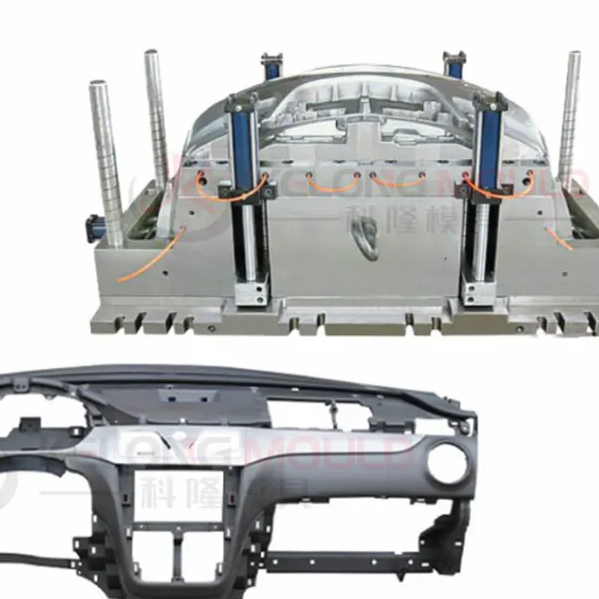From a manufacturer’s point of view, automotive moulds are integral tools in the production of vehicle parts. They allow for the creation of components with high precision, consistency, and efficiency. These moulds are used in various stages of vehicle manufacturing, from body panels and bumpers to intricate interior parts. As a result, automotive moulds are central to ensuring the quality, safety, and cost-effectiveness of vehicle production.
The process of creating automotive moulds begins with design. Engineers use advanced computer-aided design (CAD) software to develop detailed models of the mould, which will be used to shape the parts required for production. The design process considers factors like material flow, cooling time, and the mould's ability to produce high-quality parts consistently. This phase requires close attention to detail, as small errors in design can lead to production delays or defects in the final product. Once the design is complete, it undergoes a rigorous testing phase. Prototypes of the mould are created and tested under real-world conditions to ensure that the mould performs as expected. This phase helps identify any potential issues before full-scale production begins.
Once the design is validated, manufacturers proceed with the actual creation of the mould. This is typically done through precision machining techniques, often involving materials such as steel, aluminum, or specialized alloys. These materials are chosen for their strength, durability, and resistance to the high temperatures and pressures involved in the moulding process. The mould is carefully crafted to meet the exact specifications outlined in the design, and any imperfections in its construction could affect the quality of the parts it produces. Once completed, the mould undergoes a series of checks and adjustments to ensure it is capable of producing parts that meet both functional and aesthetic standards.
Another critical aspect of automotive moulds is their ability to facilitate high-volume production. The automotive industry relies on mass production to meet the demands of the global market, and moulds are designed to enable consistent and rapid manufacturing of parts. This ability to produce thousands or even millions of identical components efficiently is one of the main reasons why moulds are so vital in automotive manufacturing. The precision with which the mould shapes parts ensures that each component fits seamlessly with the others, contributing to the overall integrity and performance of the vehicle.
Durability is also a primary concern for manufacturers. Automotive moulds are exposed to significant stress and wear during production, which can lead to fatigue and reduced performance over time. To address this, moulds are regularly inspected and maintained. Manufacturers often apply protective coatings or use heat treatment processes to extend the life of the moulds. Additionally, maintaining moulds in optimal condition helps avoid defects that could arise during production, ensuring that the vehicle parts meet the required standards for safety and quality.
As technology advances, manufacturers are increasingly integrating automation and digital technologies into the moulding process. Automation allows for greater consistency and efficiency, reducing human error and increasing the speed of production. Digital tools can also assist in monitoring and adjusting the moulding process in real-time, ensuring that production remains within specified tolerances.
In conclusion, automotive moulds are essential components in vehicle manufacturing, and manufacturers must consider several factors when designing, producing, and maintaining them. From the initial design phase to ensuring the mould's durability and efficiency during production, moulds play a critical role in the quality, consistency, and overall success of vehicle manufacturing. As technology continues to evolve, manufacturers must stay ahead of new trends and innovations to ensure that their moulds can meet the growing demands of the automotive industry.

